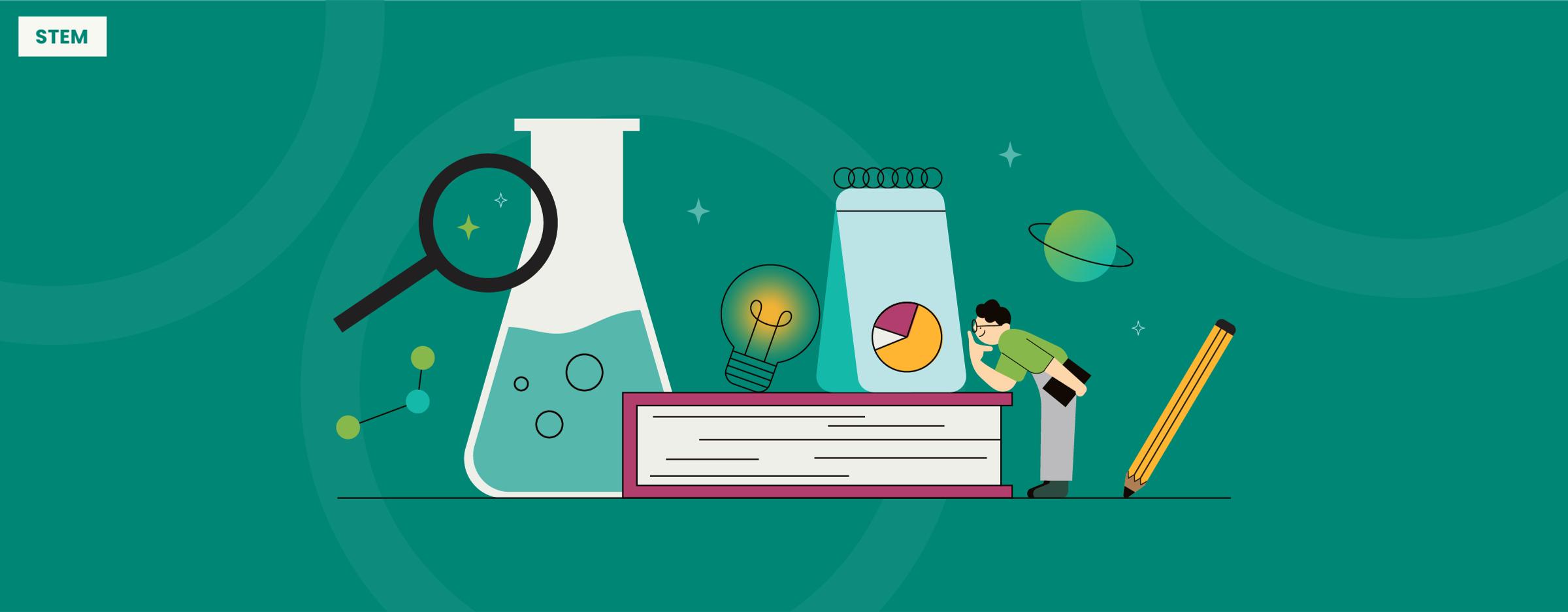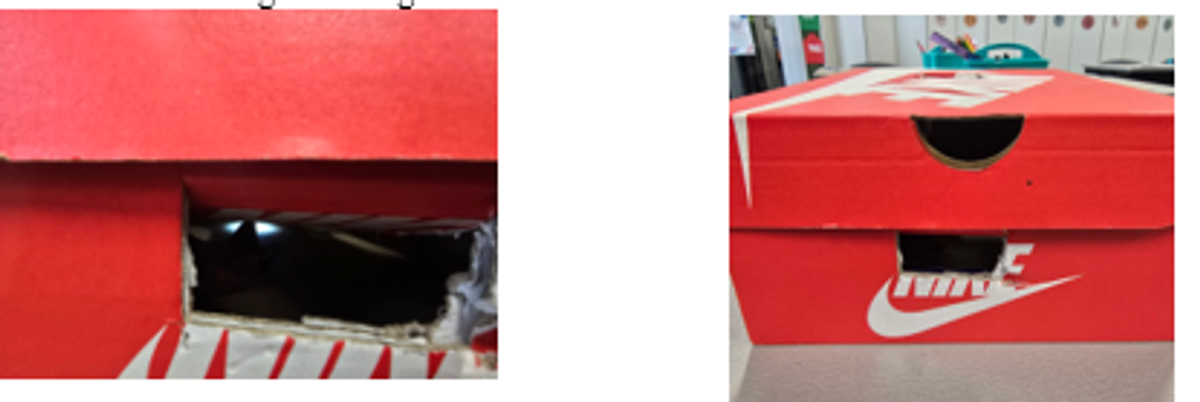STEM News

Dear fellow scientists,
Prep students are recognising the external features of plants and insects by naming the parts of an insect (head, antennae, wings, thorax, abdomen, and legs) through a colouring activity, and identifying parts of a plant (flower, stem, leaves, and roots) by cutting and pasting labels onto the correct parts of a diagram. Have a listen to this song about plants: https://www.youtube.com/watch?v=ql6OL7_qFgU
Grade 1 students are learning to identify products that come from plants, such as medicine, shelter, furniture, paper, air, fruit, and clothing. They then completed an activity where they drew or cut and pasted plant products into the correct boxes. Watch this video on uses of plants https://www.youtube.com/watch?v=CJYw9MQUxSU.
Grade 2 students are learning to identify what is needed for us to see. They carried out an investigation using a shoebox with a toy animal inside and a torch. Working in groups, students observed the inside of the shoebox with and without light and recorded their observations through drawings in their STEM workbooks.
Grade 3 students have been learning about how matter changes when it is heated or cooled. They explored the properties of solids and liquids and investigated how solids can melt into liquids and how liquids can freeze into solids. Watch this video on an ice cream melting time lapse: https://www.youtube.com/watch?v=bnH_wiaF4sQ.
Grade 4 students have been learning how to plan and evaluate an experiment to explore the property of buoyancy. They investigated what makes objects float or sink and considered how to make their experiments fair and reliable. As part of the process, students learned to use materials safely, identify the scientific question being explored, plan fair tests, and evaluate how their experiment could be improved. Watch this video on how a lifejacket is being tested through buoyancy: https://www.youtube.com/watch?v=u_bH0kFA28I.
Grade 5 students have been developing their research and note-taking skills while learning about space and technology. They watched educational videos to explore theories about the universe, discussed these ideas in pairs, and recorded useful notes and vocabulary. Students also learned to identify different celestial bodies, such as stars, planets, and moons. Students investigated how NASA research has led to inventions we use today. They researched space-related innovations, identified which technologies came from NASA research, and answered questions based on informative texts. Watch this video on dwarf planets https://www.youtube.com/watch?v=evIsmxM5c7o.
Grade 6 students have been learning to identify reversible changes in both water and everyday life. They explored how water changes between solid, liquid, and gas, and discussed other examples such as melting, freezing, and evaporating. Watch this video on reversible changes: https://www.clickview.net/primary/videos/3716664/reversible-and-irreversible-changes
STEM team
